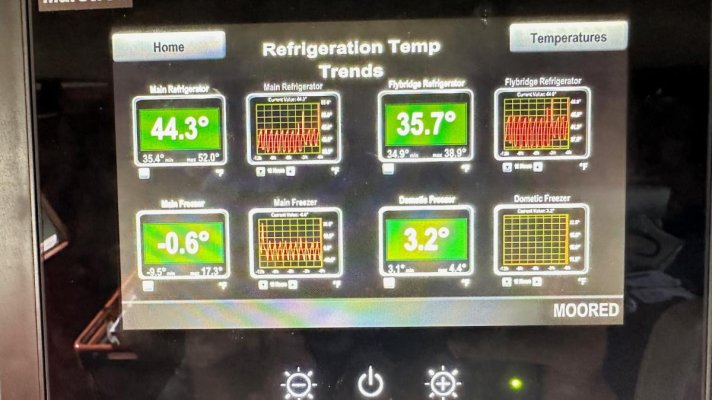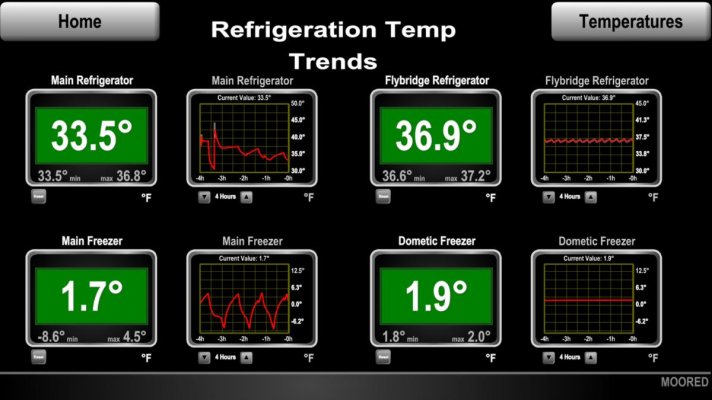Wdeertz
Senior Member
Anyone using the Maretron TMP100 temperature sensor with the ambient sensors? I'm trying to monitor my refrigerator/freezer temperatures and am getting very inaccurate temperatures which are off about 9-14f. I've extended the probes with about 10 ft of AWG18 wire which according to the resistive table shouldn't impact the reading that much. The TMP100 is measuring my refrigerator at 48f/9c while the actual temperature is 37f/3C. According to the resistive temperature table 3C should be 8415 ohms versus 9C 6264 ohms (see attached screenshot). It seems the table is backwards as if I put a resistor across the temperature probes is raises the temperature rather than drop it.
The easy answer is if Maretron had a calibration offset configured in the firmware but this would be too easy. Anyone using the Maretron TMP100 and figure out a way to get more accurate readings? I could use large size wire but not sure this will solve my problem.
The easy answer is if Maretron had a calibration offset configured in the firmware but this would be too easy. Anyone using the Maretron TMP100 and figure out a way to get more accurate readings? I could use large size wire but not sure this will solve my problem.

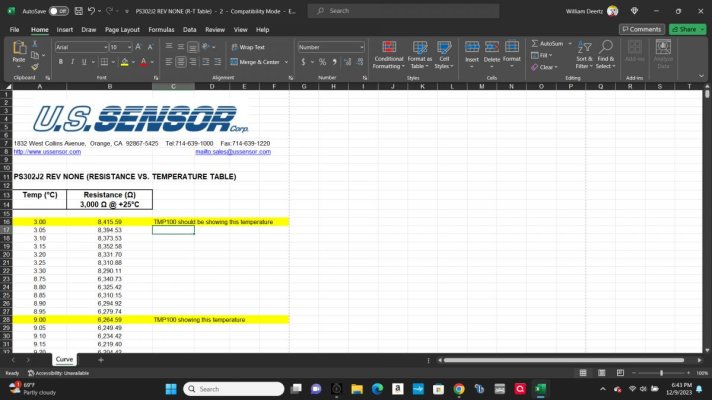
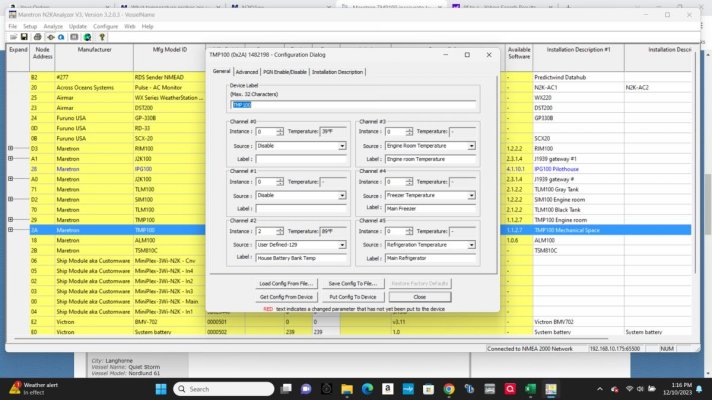
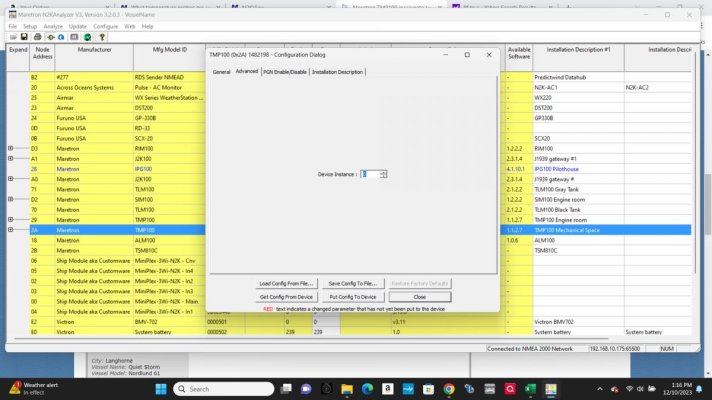
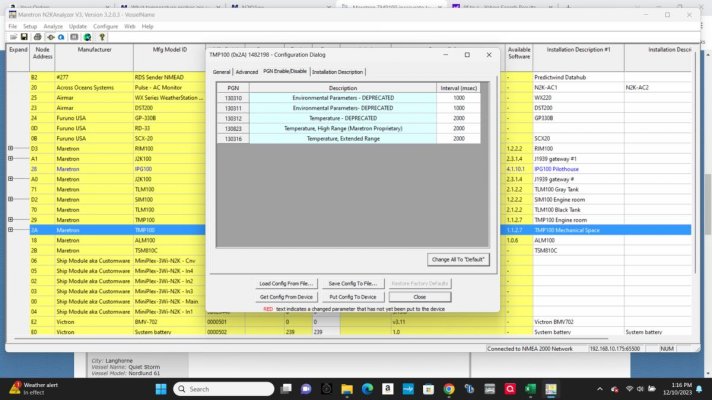
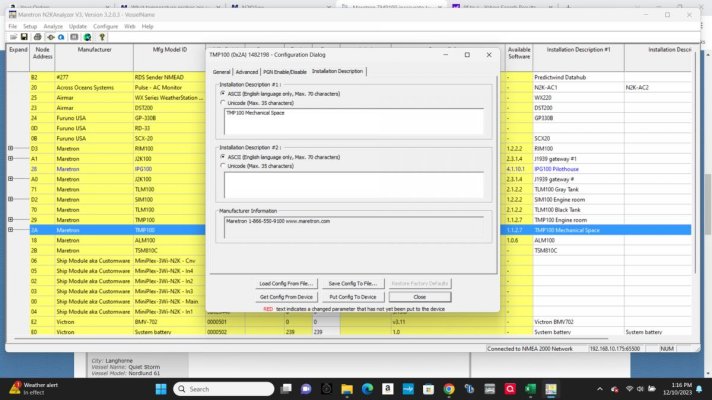
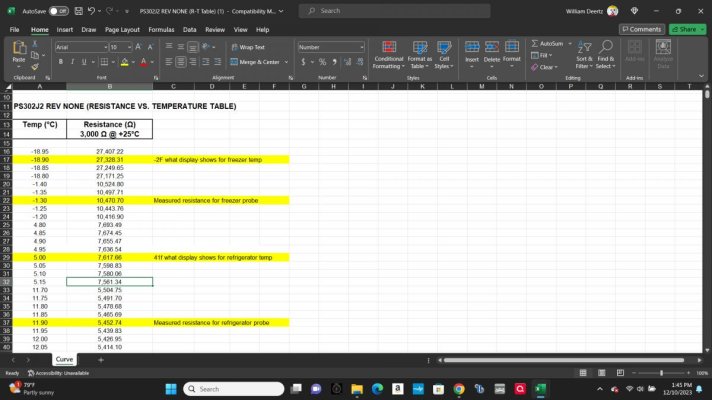
 If I can figure out the table I could get the correct resistor and rather than put across the TMP100 terminals only put on one of the wires. This would raise the resistance and act as a temperature adjustment.
If I can figure out the table I could get the correct resistor and rather than put across the TMP100 terminals only put on one of the wires. This would raise the resistance and act as a temperature adjustment. , happy camper.
, happy camper.